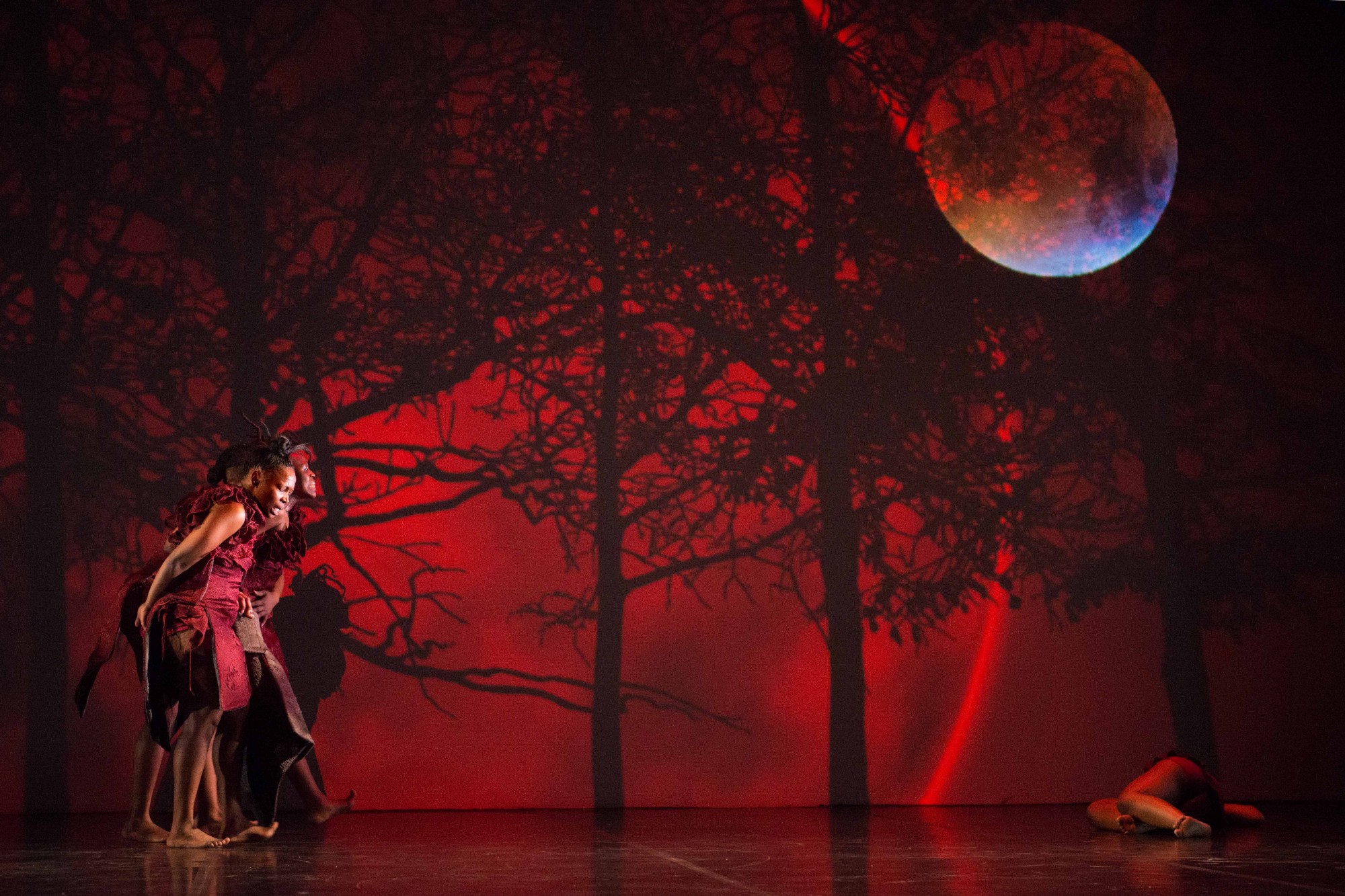*Note this review originally appeared on the JOMBA! Khuluma Blog, as part of the JOMBA! Contemporary Dance Experience Dance Writing Residency and is re-published with permission.
DURBAN, KZN, SOUTH AFRICA — “To be present is to be a keeper of hope,” said Lliane Loots in her opening remarks to the 20th annual JOMBA! Contemporary Dance Experience. For two decades, Loots has curated Durban’s acclaimed international dance festival, weathering financial and political storms which, indeed, impact the arts worldwide, as well as in Durban.
As an outsider, I rely on comparisons to understand what goes on here, in what feels like a rich and vibrant arts community that is plugged into the fabric of the local culture. But I also know that one can never really “get it,” so to speak, or be fully present when you’re in a place for less than 20 days.
And yet, those points of entry — the threads of a common fabric we all share as a global community of artists and humans — is what allows me to join this space as a friend. I feel very welcome.
As an apropos kick-off for JOMBA! — The Legacy Edition, the Sneddon Theatre plays host to Moving Into Dance Mophatong (MIDM), a Johannesburg-based Afrofusion company celebrating its 40th season this year. MIDM was among the groups who performed in the first JOMBA! in 1998, under Sylvia “Magogo” Glasser. Glasser founded MIDM as a non-racial contemporary dance company, a radical act in and of itself during apartheid, and with current director Mark Hawkins the group continues to address pressing and provocative social issues with a signature style blending Euro-contemporary forms with African dance.
The evening’s first act, “Man Longing,” is Sunnyboy Mandla Motau’s work about human trafficking, an issue which has rising intensity in South Africa. The setting (by Prince Twala with sound design by Tebogo Gilbert Letele) is distinctly urban, with haze puffing out of the wings, the sounds of sirens and a faint swirl of light and projections giving the sense of a cluttered and chaotic city scene at night.
Above the stage, lights are dressed with plastic laundry totes, further muddying the stage in a muted color bath as a man in a butcher’s outfit hauls more of these bags onstage, rolling them off of a dolly to settle in mounds on the floor. To the side, an ominous figure observes — a hooded man in a tailored black coat — an undertaker, perhaps, in this urban purgatory.
The butcher ropes off the scene with yellow crime scene tape, whistling a tune from the movie “Kill Bill.” The piece rarely breaks this imposed barrier, as the bundles, which all contain MIDM dancers, wobble and plop, or bounce up and down; it’s laugh-inducing… in a dance about human trafficking.
Indeed, the world Motau creates feels a bit dystopian — an exaggerated gaze of colliding stories that, in real life, perhaps unfold more slowly and out of the public eye, and certainly, these aren’t cause for laughter. But it’s this overt distillation, and Motau’s clear references to the prostitution, rape, abuse and drug addiction that arise as secondary conditions of human trafficking which provoke a sense of urgency that is also present in his movement. In fits and starts, the dancers support one another, embracing and consoling in some moments, and hurling one another to the ground in others. I thought they must be shifting between roles, between the abuser and the abused, although the costumes — pedestrian clothing, mostly — seem to indicate a static character for each.
Though much more abstract, “The Women Who Fell From the Moon” shares (exactly) one thing in common with “Man Longing,” in that both works focus their attention on the company’s women. All four are showcased here (Asanda Ruda, Lesego Dihemo, Sussera Olyn and Thenjewi Soxokoshe), though at first, they appear as a unit rather than as individuals. They face an upstage corner in exquisite, flowy, gray and garnet gowns with full hoods (by Leon Vonsolms), pacing backward slowly behind a scrim with a stunning view of the moon, which is lowered at mid-stage.
As the women journey from the moon to the stratosphere, and back down to earth, their costumes transform too, using semi-pliable red separates. The hoods, which hid their faces almost completely, become fashion-forward skirts, indicating a shift from other-worldly nymph to human being. Similarly, choreographer Khutjo Green’s movement vocabulary becomes increasingly athletic and individualized. The addition of verbal utterings toward the moon, shown quite literally on the cyclorama upstage, and a vying for our attention as each woman cuts in for her own solo, similarly affirm that these are mere mortals… or are they?
In both cases, I returned to Loots’ remarks, a reminder to myself about being present on the heels of these two weeks of watching dance. In their own ways, each work is its own keeper of hope, relating to the pain and trauma, and also to the euphoric beauty of the human condition.
Header photo: “The Women Who Fell From the Moon” performed by Moving Into Dance Mophatong. Photography by Val Adamson.
